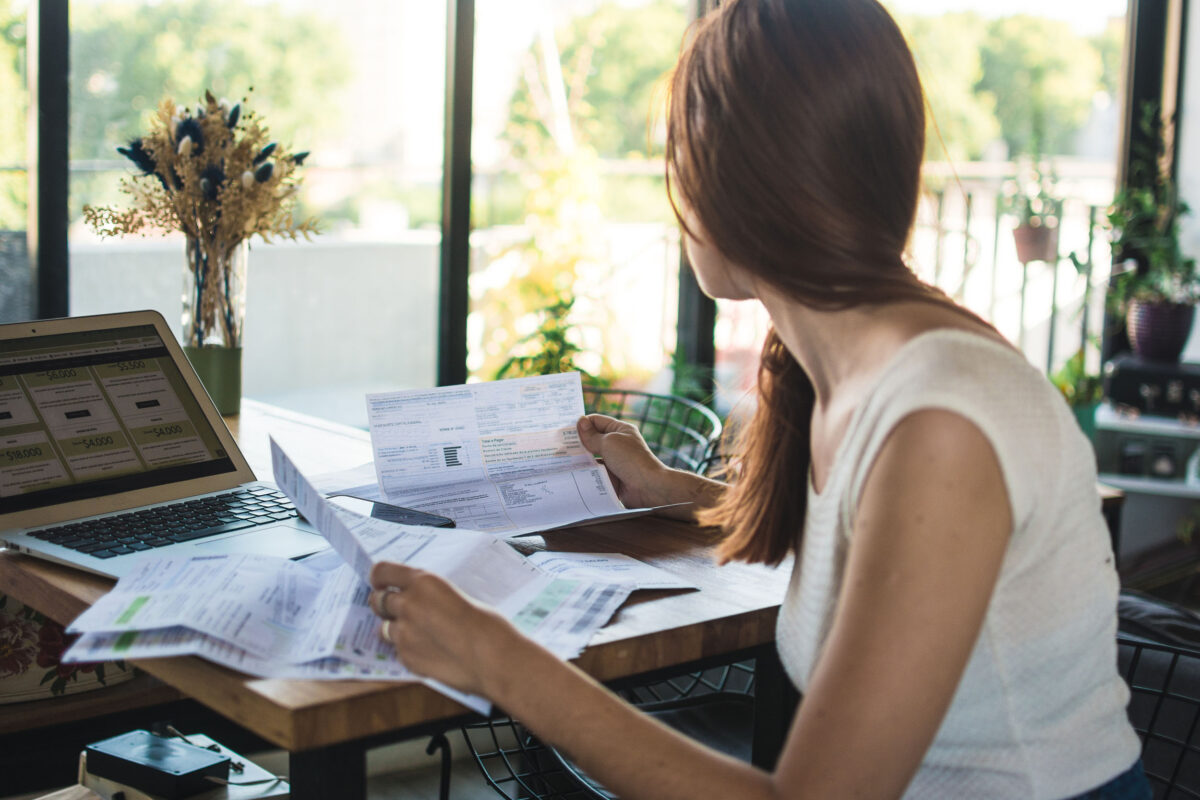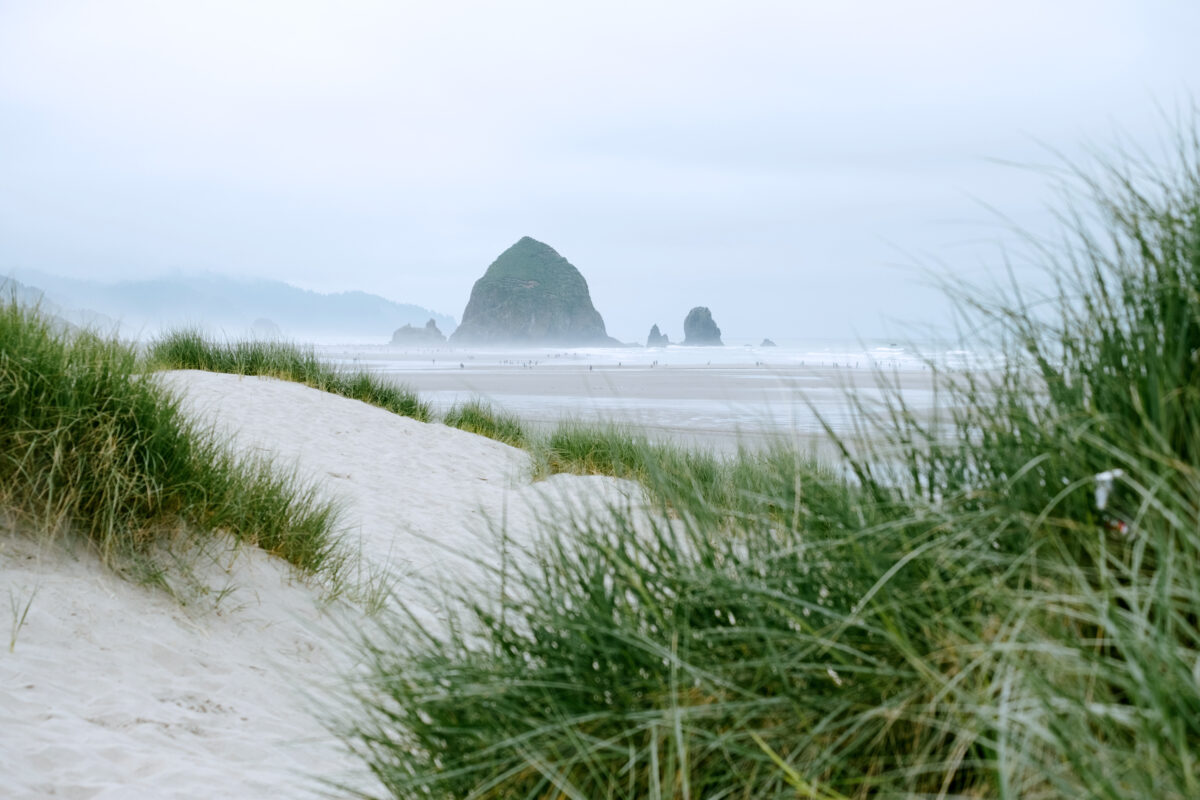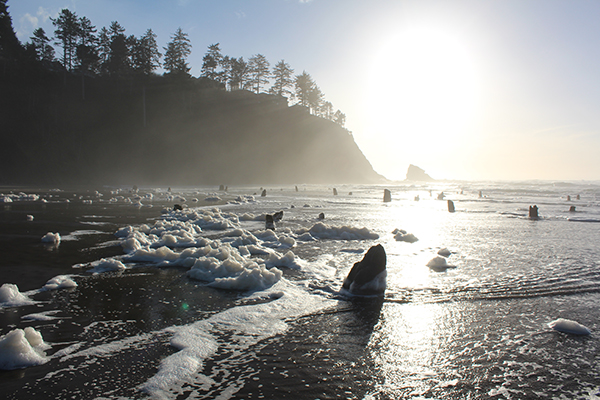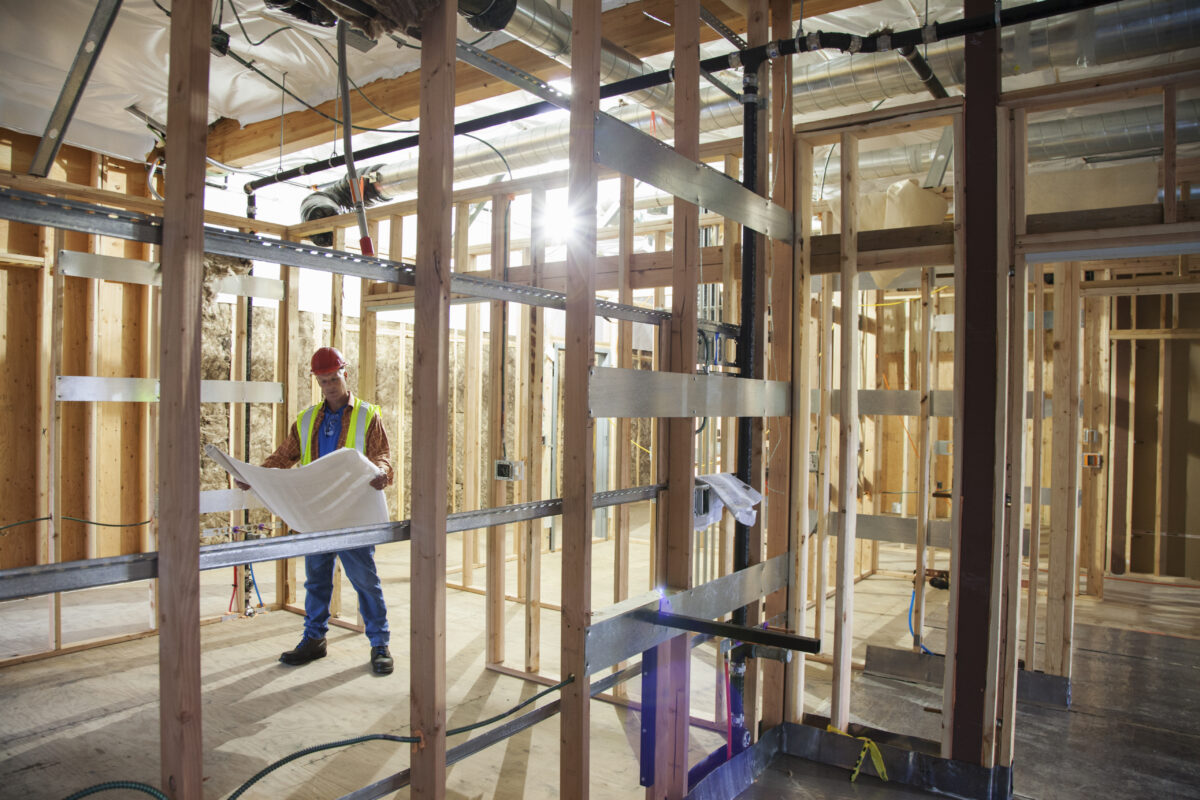Natural disasters happen, usually with little to no warning, and can wreak havoc on the lives of the people affected. You can’t always predict how much damage a natural disaster will cause, but you can ensure that you prepare your finances for an emergency.
This is a guest blog post from Bankrate.com. Bankrate helps you find and compare rates on financial products like mortgages, credit cards, car loans, savings accounts, certificates of deposit, checking and ATM fees, home equity loans and banking fees. They publish original and objective content to help you make smarter financial decisions.
A Federal Emergency Management Agency (FEMA) survey found that nearly 60 percent of American adults have not practiced what to do in a disaster by participating in a disaster drill or preparedness exercise at work, school or home in the past year. Less than half of Americans have developed an emergency plan.
In addition to the lack of physical preparedness, there’s a gap in financial preparedness, too. Forty-four percent of adults either could not pay for an unexpected $400 emergency expense or would have to borrow or sell something to do so, according to the Federal Reserve.
“The expression, ‘The time to repair the roof is when the sun is shining’ speaks to the importance of developing a financial plan to deal with natural disasters before they take place rather than after the fact,” says Kurt J. Rossi, CEO of Independent Wealth Management in Wall, NJ.
Whether you live in an area that’s affected by earthquakes, wildfires, tornadoes or hurricanes, it is crucial to have a plan and enough savings in place to recover and rebuild if necessary.
Build an emergency fund
The most important thing you’ll need to do prior to an emergency is to be financially prepared for unexpected costs. Nearly three in 10 adults have no emergency savings whatsoever, according to a study by Bankrate.
A good rule of thumb is to try to save $1,000 immediately, then build up to having at least three to six months’ worth of your current expenses saved up. A good way to save is to open a savings account with a high APY and low minimum balance requirements. Designate this account specifically for emergencies and sign up for automatic deposits.
You can build short-term and long-term emergency funds:
- Short-term investments, sometimes called a marketable securities or temporary investments, allow immediate access to cash but still earn interest. Examples of short-term investments include CDs, Treasury securities, bond funds, municipal bonds and money market accounts.
- Long-term funds have a longer wait period for cash but earn higher interest. Examples include stocks and index funds. This type of fund is a good idea as long as you have a short-term emergency fund to cover your expenses in the meantime.
Also consider having cash on hand in case power is cut off and bank services are inaccessible. Create a cash fund to cover expenses for up to three days. Consider the fact that you could be without your bank account or even a paycheck for quite a while if the disaster is bad enough.
Budget for repairs to strengthen your home
Do you live in an older home or a home that’s not appropriately equipped to withstand natural disasters? You may need to do additional repairs and/or updates so your home will withstand these natural disasters. Some upgrades or repairs are more expensive than others, so do your research to determine which make sense for your home.
Review your insurance policies
Natural disasters resulted in losses of roughly $80 billion in the United States in 2018 alone. Tropical cyclones led the pack at $30.4 billion, followed by wildfires, heat and drought ($25.4 billion) and severe thunderstorms ($18.8 billion), according to Statista.
Check your insurance policies to determine how you’re covered by insurance, primarily to make sure there aren’t any gaps in disaster coverage. Most homeownership policies include damage related to fire but don’t cover damage due to floods or earthquakes.
But insurance isn’t just for homeowners. Renters are also disrupted by disasters – and not just personal property. There are extra expenses due to unforeseen circumstances, like losing access to your apartment or losing a source of income.
Rossi says that being proactive is critical. “As you acquire assets and build your net worth over time, it is important to protect these assets,” he says. “Property and casualty insurance is a critical part of proper planning. From reviewing home and auto insurance coverage to umbrella insurance and business coverage, understanding the extent of your insurance and their limitations is important — before the unexpected occurs.”
Here are some key natural disaster insurance facts you may want to consider prior to purchasing a particular type of insurance.
Earthquake
- Earthquake insurance isn’t normally included in homeowners or renters policies and isn’t required by law.
- You’ll need to add a policy endorsement or separate policy if you decide you need earthquake insurance.
- Consider getting earthquake insurance if you live in an area prone to seismic activity, such as California, Nevada, Oregon, Washington, Utah, Alaska, and Hawaii.
- Earthquake insurance covers any damage from an earthquake (except fire).
There’s a new option called parametric insurance, such as Jumpstart, that makes a lump-sum payment right away, based solely on the occurrence of the earthquake (the “parameter”). It’s meant to cover the costs of inconvenience after an earthquake, even if your house and belongings aren’t damaged. In that way, parametric is not a replacement for a conventional homeowner’s or renter’s earthquake policy. So, even if you decide against conventional coverage, parametric coverage might still make sense.
Flood
- Most homeowners insurance policies don’t cover flood insurance. You have to buy a separate policy.
- You may be required to get flood insurance if you’re in a flood-prone area.
- Thirteen million Americans live in a flood prone area, flood insurance is a good idea even if you aren’t required to get it.
- People outside of high-risk flood zones file more than 20 percent of all claims from the National Flood Insurance Program (NFIP) and receive one-third of federal disaster assistance for flooding.
Wind
- Homeowners insurance typically covers wind damage but there are some exceptions.
- Some states have homeowners insurance policies that won’t pay for windstorm damage. Damage from a tornado or hurricane won’t be covered if your policy doesn’t cover windstorm damage.
- If you live in one of these states and want coverage, buy a separate windstorm insurance policy.
Wildfire
- Damage from wildfire or fire in general is usually covered in a homeowners policy.
- However, coverage may vary by geographic location and by policy.
You might find that some insurers do not sell homeowners policies in areas where wildfires are common. - Dwelling, personal property, additional living expenses and landscaping coverage are typically covered within your homeowners insurance policy.
- Check your individual policy for details.
Hurricane
- Most home ownership policies in hurricane-prone areas cover or require hurricane insurance.
- Homeowners insurance policies in some hurricane-prone states will partially or completely exclude wind-related damages.
- You may find that If your policy does offer coverage for wind damage, it might include a separate hurricane deductible which could be higher than your regular deductible.
- Flood exclusions on regular insurance policies as a result of a hurricane still apply.
Rossi says it’s common for policyholders cut corners and opt for cheaper insurance that has gaps in coverage and realize they lack the coverage they need. Consider speaking to a specialist in this area to review your current coverage. “Be sure to make an accurate apple-to-apple comparison of coverage, deductibles and exclusions before changing providers,” he says. “Remember, cash reserves alone will most likely be unable to cover sizable losses that can be realized in a natural disaster.”
Create an emergency document kit
Figure out what you might want in an emergency kit to help you stay prepared in the event that you have little time to get organized, need to flee or are unable to stay in your home.
Organize a disaster-proof box (that’s water and fireproof) and which contains copies of important documents you might need during and after a disaster. Documents could include:
- Birth certificate and Social Security card from Vital Statistics and the Social Security Administration
- Driver’s license information and auto title from the secretary of your state or the Department of Motor Vehicles
- Living wills and advance directives from your attorney
- Insurance policies from your insurance company and/or insurance agent
- Health insurance information from your health insurance company
- Deeds and recorded real estate documents, including appraisals from the title company
- Mortgage information from your lender or financial company
- Lease information from your landlord
- Any investment and account information from your bank or investment company
- Other important documents you may need down the road, such as tax returns, contracts, alimony or divorce decrees
FEMA suggests storing electronic copies of important documents in a password-protected format on a removable flash or external hard drive in your fireproof and waterproof box or safe.
Take a look at FEMA’s Emergency Financial First Aid Kit, which also includes a printable checklist of all the important documents to gather for your emergency box. Consider storing all original copies of important documents in a place more protected by disaster like a safety deposit at a bank or another secure offsite storage facility.
Bottom line
Bottom line: disasters cause sudden, unexpected costs. Be financially prepared. Do these three things:
- Budget for repairs to strengthen your home or fix parts of your home that are weak in a natural disaster.
- Review your insurance policies and whether you have the right coverage for your needs.
- Create an emergency document kit that will fulfill your needs during and after a disaster.
This post originally appeared on Bankrate.com.



